| Name | Parker Retractor |
| Lead Time | 0-3 days |
| Specialty | General Instruments-Hooks & Retractors – Retractors |
| Material Finish | Stainless Steel |
| Grade | Premium Operating Room |
| Units of Measurement | Set |
| Manufacturer | Tool Tectra |
| Sterility | Non-Sterile |
| Usage | Reusable |
Parker Retractor
Parker Retractor
double-ended, set of 2
Parker Retractor comes in a set of two and contains curved blades on both ends, which may assist in retracting incisions during scenarios such as laparotomy. The smaller length of 5″ can be useful in pediatric procedures or holding back tissues in small incisions of areas such as the abdomen.
SKU:
TT-SI-1614
Category: Hooks & Retractors
Description
Reviews (0)
Be the first to review “Parker Retractor” Cancel reply
Shipping & Delivery
Related products
Alm Retractor
SKU:
TT-SI-2779
Alm Retractor
4x4 prongs
Alm Retractor is a device used during general surgical procedures that involve retracting tissue in small areas of the body. This retractor features 4x4 prongs that are available in sharp or blunt points depending on the type of tissue being held. The instrument is also self-retaining due to a mechanism that allows the surgeon to keep it in a desired place once it has been inserted.
Balfour Fourth Blade Attachment
SKU:
TT-SI-1568
Balfour Fourth Blade Attachment
for detachable balfour retractor systems
Balfour Fourth Blade Attachment is especially designed to be used as an addition to the Detachable Balfour Retractor Systems. The long, flat blade can accommodate to different spread sizes to fit the needs of the procedure being conducted. It also contains an option for the right arm or left arm depending on the area of the abdominal wall that needs to be retracted.
Cope Retractor
SKU:
TT-SI-6923
Double-ended, 6.0 mm & 11.0 mm, 7-1/8" (18.0 cm)
Cope Retractor is a double-ended surgical instrument primarily used to pull back skin or organs that may obstruct the operating area. The main features of this retractor are its different shaped blades. For example, one end contains a strongly curved blade with a lip. The other end, however, contains a sharp, right angle blade with a ridge on the tip.
Balfour Extra-Deep Center Blades
SKU:
TT-SI-9651
For balfour retractor systems w/ fixed side blades, 2-3/4" wide x 4" deep
Balfour Extra-Deep Center Blades consists of a 4" deep blade that is curved at a right-angle. This blade may be intended for larger patients or for accessing deeper areas of the abdominal cavity so that they can be held in place. Another feature of this center blade is that it contains loop holes in the center slot so that it can provide different spreads.
Deaver Retractor – Flat Handle, Curved End
SKU:
TT-SI-2954
Deaver Retractor - Flat Handle, Curved End
flat handle, flexible, curved end
Deaver Retractor is flexible and includes a flat handle with a curved end. This uniquely shaped retractor allows the surgeon to have a more comfortable hold while positioning it during surgeries. These surgeries typically involve areas in the deep abdominal or chest cavity. The flexible nature of the slightly curved blade may help to prevent injury to the organs area being held. In order to accommodate certain cases, this instrument is offered in various blade widths and lengths.
Collin Retractor
SKU:
TT-SI-7812
Collin Retractor
double-ended, set of 2, 6-1/2" (16.5 cm)
Collin Retractor is designed to push back tissue that may conceal part of the area that is being operated on. With the help of the rounded double-ended blades on each end, damage to tissues is reduced while they are held firmly in the desired position. Depending on the size of the incision, this retractor comes in a set of two.
Balfour Abdominal Retractor W/ Fixed Side Blades
SKU:
TT-SI-4989
w/ ratchet bar mechanism, w/ fixed fenestrated side blades, 7-1/8" (18.1 cm) maximum spread
Balfour Abdominal Retractor with Fixed Side Blades contains a ratchet bar mechanism and side blades that are fenestrated. These side blades are designed to push apart an incision while the ratchet holds the instrument in position. The solid center blade, however, can be lowered or raised to provide better visibility for the surgeon.
Deaver Retractor – Flat Handle
SKU:
TT-SI-4623
Deaver Retractor - Flat Handle
flat handle, flexible
Deaver Retractor with a flat handle contains a flexible curved blade that is offered in two different widths and lengths depending on the surgical requirements. During general operations, specifically the involvement of the abdominal or chest cavity, this retractor can allow the surgeon to move one side of the incision to access the area that needs attention. If a deeper section needs to be accessed, the longer and wider blade may be more beneficial.
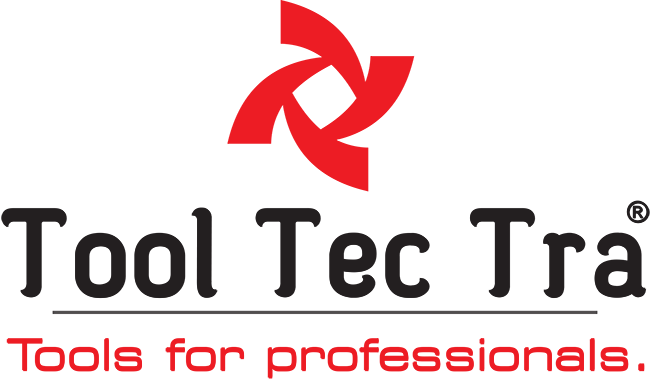
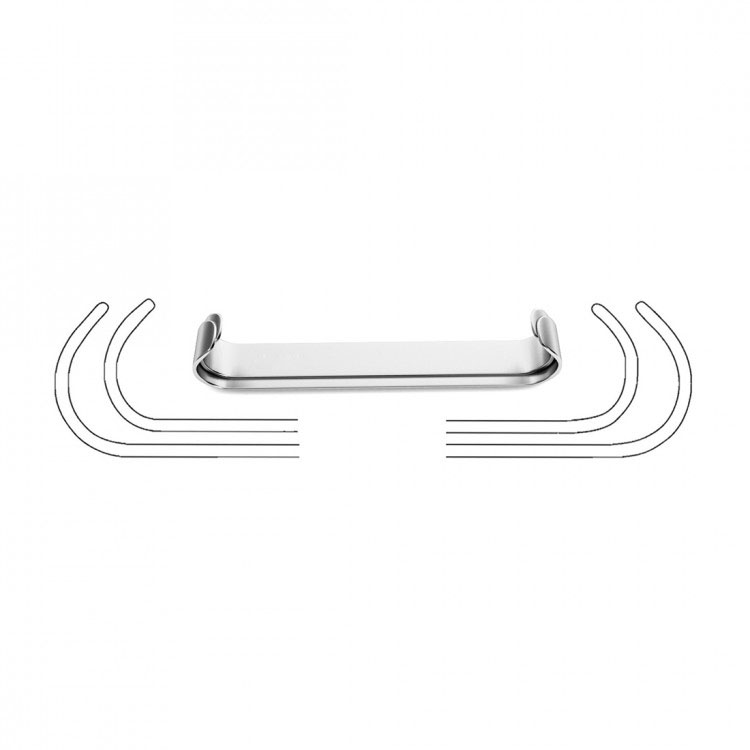

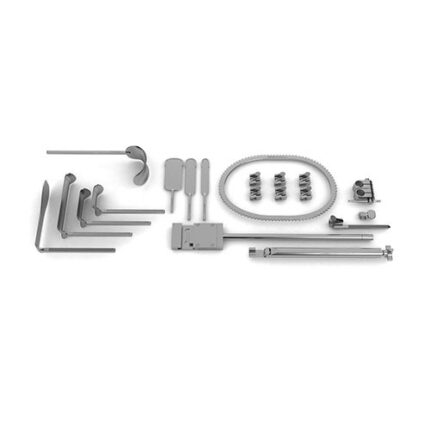
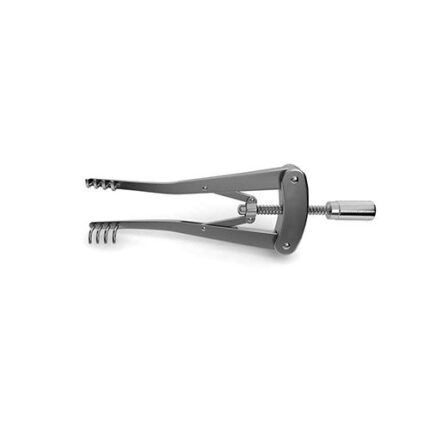
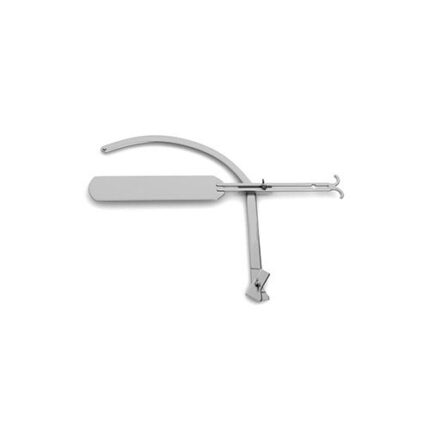
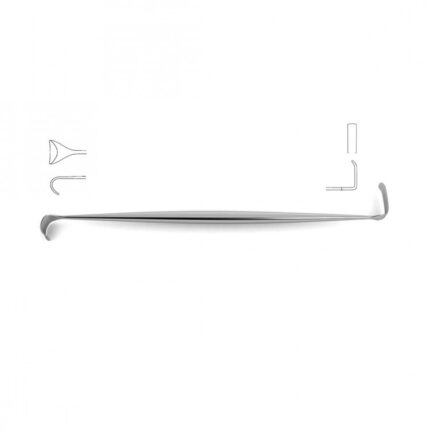
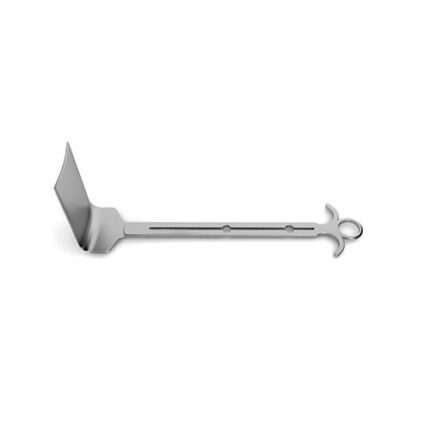

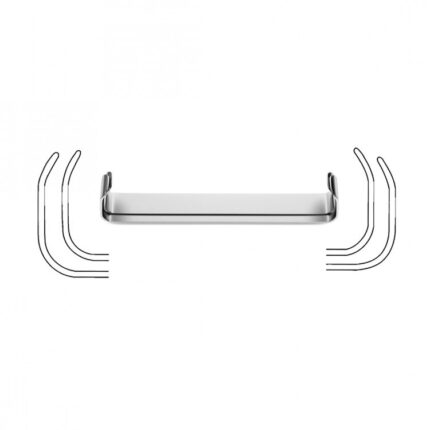
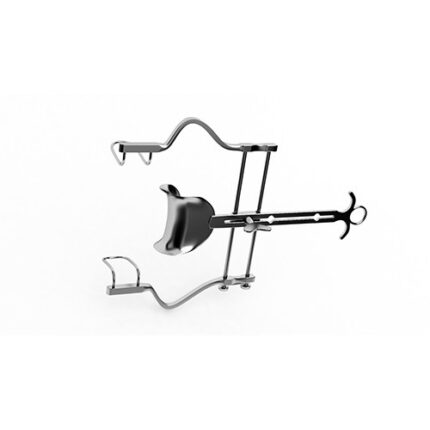
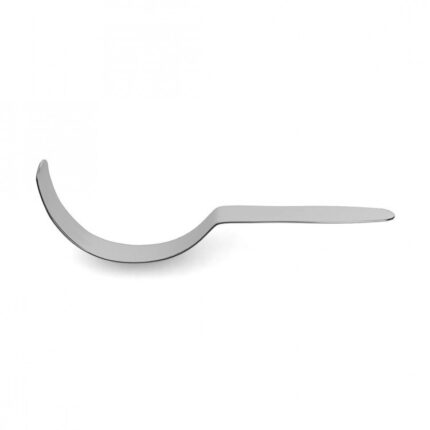

Reviews
There are no reviews yet.